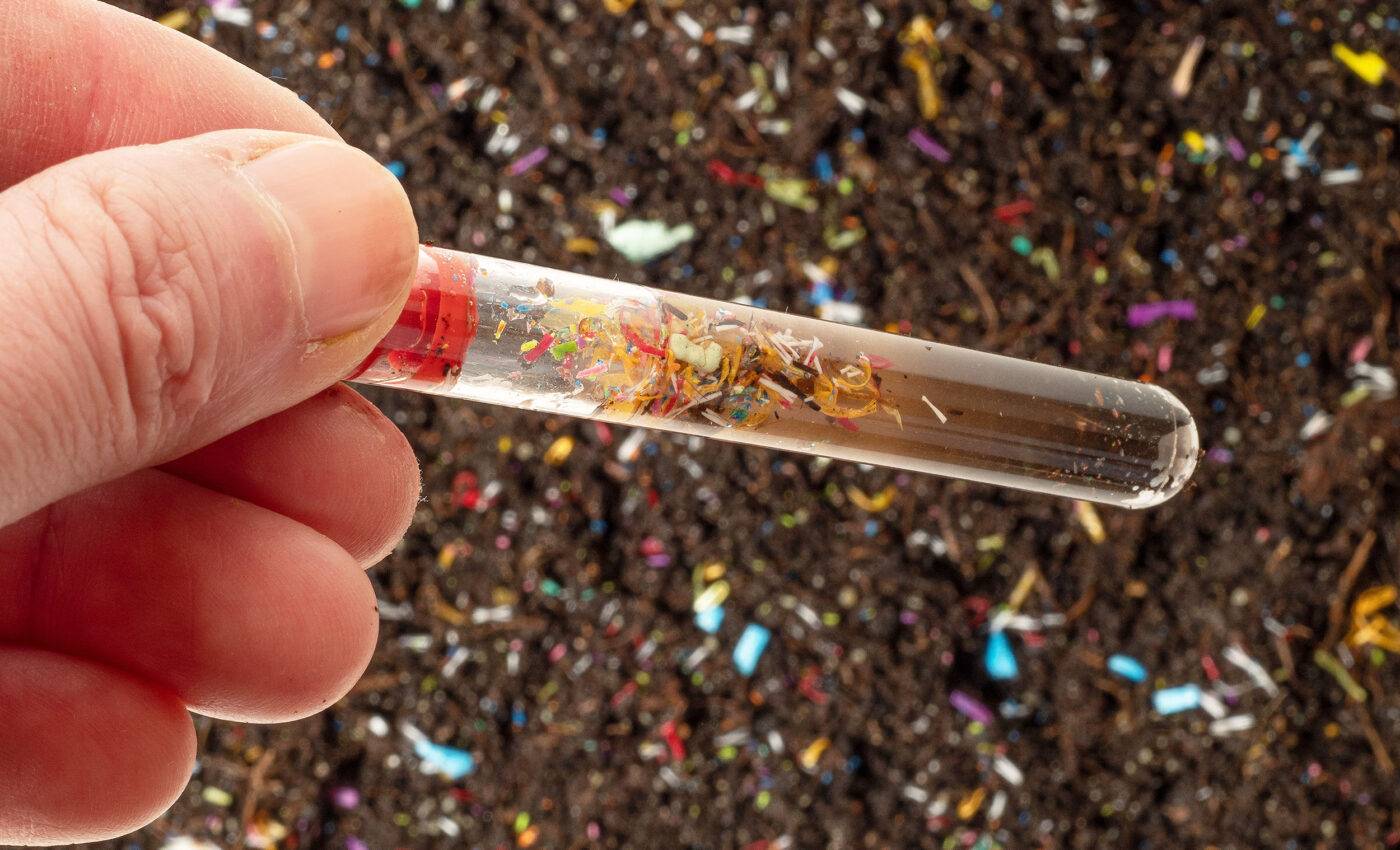
AI reveals how microplastics are harming global soil and agriculture
In recent years, the accumulation of plastic waste in the environment has emerged as a pressing concern. While the pollution of oceans by plastics is widely recognized, the presence of microplastics in soils across the globe is equally alarming.
These plastics, breaking down into microplastics (MPs), significantly impact soil properties and, alarmingly, find their way into the human food chain, raising health concerns.
Microplastics, soil, and corporate sustainability
The effects of microplastics on soil are crucial in the realm of corporate sustainability, particularly under the ‘Environmental’ pillar of Environmental, Social, and Governance (ESG) goals.
Companies worldwide are increasingly expected to adopt eco-friendly approaches, with a strong focus on addressing plastic pollution.
However, the complex interaction between soil and microplastics, influenced by the diversity of both soil types and microplastics, complicates understanding and managing their environmental impact.
Innovative research using AI machine learning
To bridge the research gap in this area, a team led by Prof. Yong Sik Ok, a Korean University Professor and a prominent figure in environmental governance, applied AI machine learning (ML) techniques to study microplastics in soil.
Professor Ok emphasizes the efficiency and predictive power of ML in environmental research, explaining, “ML is a dynamic and transformative field of artificial intelligence (AI) that uses algorithms and models to learn and make predictions from vast datasets with great accuracy.”
“Using ML to comprehensively understand the role of MPs in soil systems is time- and resource-efficient and provides a foundation for future research on this subject,” Professor Ok noted.
Key insights on microplastics and soil
The study revealed that various factors of microplastics, including type, size, shape, and concentration, have distinct effects on soil properties.
Notably, the size of microplastics was identified as a critical factor influencing soil characteristics. The study also highlighted the distinct impacts of microplastic shape, type, and concentration on soil chemistry.
Professor Ok explained, “This pioneering study contributes essential data to support informed decision-making on plastic waste management, aligning with the global focus on sustainability and ESG principles. It underscores the importance of innovative research in guiding corporate sustainability efforts, where plastic-related issues are a growing concern.”
“The application of ML techniques to this problem demonstrates the potential for advanced technology to drive sustainable practices and create a greener, more eco-conscious future,” says Prof. Ok.
Microplastic soil pollution implications
The study’s use of AI machine learning to analyze microplastics influence on soil represents a significant advancement in understanding and addressing the plastic waste challenge.
This approach marks a departure from traditional, more labor-intensive methods, highlighting the potential of technology in fostering sustainable practices.
“Our ML-based method in this study demonstrates the role of advanced technology in tackling MP pollution,” Prof. Ok adds.
“Such research can inform plastic waste management strategies, align with global sustainability goals, and potentially revolutionize corporate sustainability, leading to green job creation and sustainable development.”
Role of corporations and communities
Incorporating ML insights into studying microplastics aligns with social responsibility and fosters sustainable practices with positive community impacts.
Companies addressing microplastic pollution can reduce their environmental footprint and build community trust by applying ML solutions.
These efforts might also influence industry standards, potentially creating jobs and stimulating economic growth in related sectors.
“These findings could revolutionize corporate sustainability efforts and pave the way for more green jobs and sustainable development to create a greener and eco-conscious world for current and future generations,” says Prof. Ok.
In summary, this research highlights the pressing issue of microplastics pollution in soil while also showcasing the potential of machine learning in advancing our understanding and management of environmental challenges.
The findings in this study help pave the way for a more sustainable and eco-conscious future.
More about microplastics
As discussed above, microplastics, tiny fragments of plastic less than 5mm in size, have emerged as a major environmental concern.
They originate from various sources, including the breakdown of larger plastic items, microbeads in personal care products, and synthetic fibers from clothing.
The primary sources of microplastics are consumer products and industrial processes. These tiny particles easily enter natural ecosystems through waste water, wind, and runoff.
They are now ubiquitous, found in oceans, rivers, soils, and even the air we breathe.
Impact on wildlife and humans
Microplastics pose a significant threat to wildlife. Marine animals often mistake them for food, leading to ingestion and accumulation in the food chain.
This not only harms the animals directly but also affects the entire ecosystem and can eventually impact human health.
Humans are exposed to microplastics through various means, including seafood and water. The long-term health impacts of this exposure are still under investigation, but there are concerns about potential toxicity and other adverse effects.
Fighting the microplastic problem
To tackle the issue of microplastics, governments, organizations, and individuals are taking action.
This includes banning microbeads in personal care products, promoting recycling, and developing biodegradable alternatives.
Public awareness campaigns also play a crucial role in reducing the use and disposal of plastics.
In summary, microplastics are a pervasive environmental issue with far-reaching consequences for ecosystems and human health.
Addressing this challenge requires collective efforts from all sectors of society to reduce plastic usage and improve waste management practices.
The full study was published in the journal Environmental Pollution.
—–
Like what you read? Subscribe to our newsletter for engaging articles, exclusive content, and the latest updates.
Check us out on EarthSnap, a free app brought to you by Eric Ralls and Earth.com.
—–













